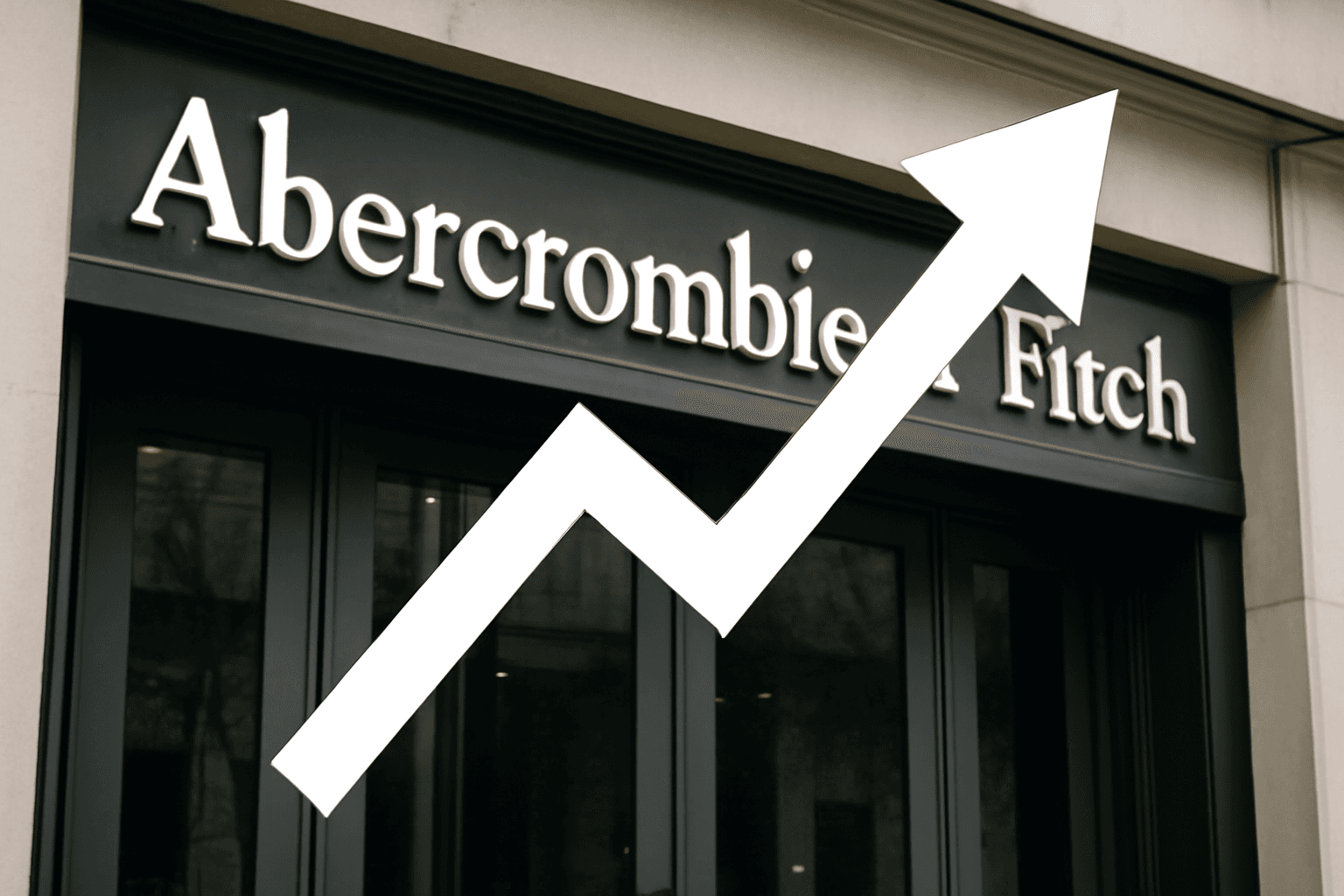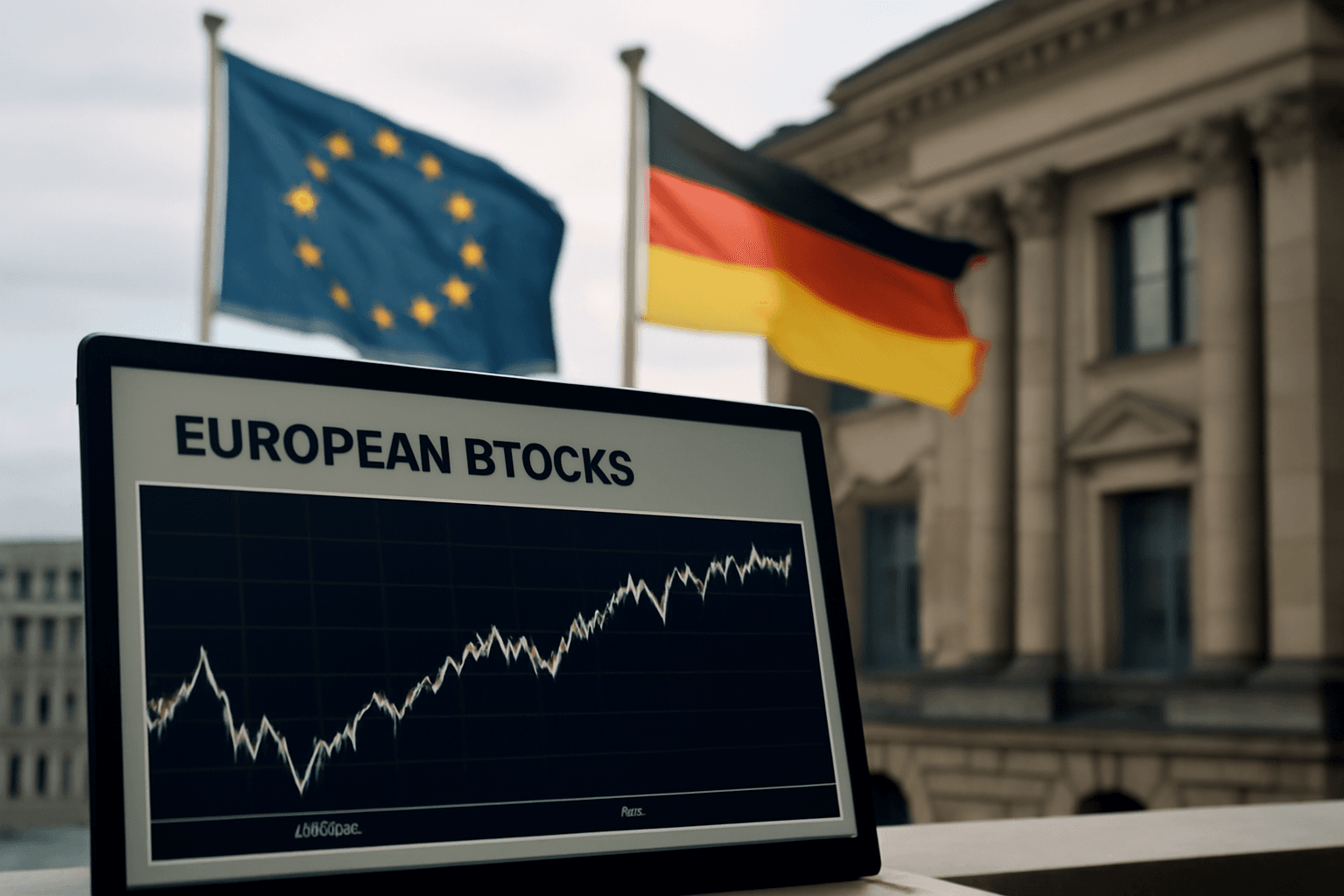Singapore’s Stock Market Soars Amid Growing Investor Optimism
Once considered a modest playground for income-focused investors, Singapore’s stock market is now riding a robust upward wave, reaching record highs and garnering increased attention from both institutional and retail investors worldwide. Far beyond being a mere regional player, the Straits Times Index (STI) has outperformed major global benchmarks, including the U.S. S&P 500, advancing nearly 10% already in 2025.
A Bull Market Gaining Momentum
Financial experts are unanimous: Singapore is firmly in a bull market, and this surge is just the beginning. Thilan Wickramasinghe, head of research at Maybank, describes the current rally as a “baby bull,” signaling potential for substantial growth ahead. Since its recent low on April 9, the STI has risen over 23%, a remarkable feat supported by strong fundamentals and investor confidence.
What’s Driving Singapore’s Stock Rally?
- Safe-haven Status: Market strategist Xin-Yao Ng of Aberdeen attributes Singapore’s appeal to its geopolitical stability, bolstered by a strong currency and abundant fiscal reserves. In volatile times, investors often gravitate toward markets perceived as secure, and Singapore fits this profile perfectly.
- Attractive Dividends: Singapore’s average dividend payout ratio stands at an impressive 60%, second only to Australia’s 74% in the Asia-Pacific region. High dividends continue to lure investors seeking both growth and income.
- Currency Strength: The Singapore dollar has appreciated by approximately 6% against the U.S. dollar so far this year. According to analysts at Jefferies, the SGD could potentially reach parity with the USD within five years, amplifying returns for foreign investors.
- Macroeconomic Resilience: Singapore’s economy has demonstrated solid growth, with second-quarter GDP rising 4.3% year-on-year, signaling durable domestic demand and robust service sectors.
Sector Highlights and Emerging Opportunities
Telecommunications and utilities have been at the forefront of the rally, with Singtel surging over 28% and utilities firms like Sembcorp Industries and Union Gas gaining 38% and 18%, respectively, this year. Institutional investors are now pivoting towards other segments, including real estate investment trusts (REITs) and consumer stocks, signaling broader market participation.
Furthermore, government-led infrastructure projects are fueling optimism. The construction sector, which has not seen such a boom for over a decade, is projected to award contracts valued between S$35 billion and S$39 billion in 2025. This upswing is expected to benefit companies across market capitalizations, from large caps to small- and mid-caps.
Market Reforms and Liquidity Initiatives
The Monetary Authority of Singapore (MAS) has launched the Equity Market Development Program (EMDP), injecting S$5 billion into small- and mid-cap stocks to enhance market liquidity and trading activity. The initial tranche of S$1.1 billion has been allocated to institutional fund managers, who are co-investing their own capital with active trading strategies, aiming to revitalize these segments and attract sustained investor interest.
Optimistic Forecasts from Global Banks
JPMorgan upgraded its outlook for the STI, forecasting it may reach 4,500 points under a base scenario and potentially climb to 5,000 points in a bullish case by the end of the year—an over 20% increase from current levels. Drivers include falling interest rates, the SGD’s growing strength, and steady capital inflows.
Morgan Stanley also echoes this optimism, viewing 2025 as a pivotal year. They emphasize that Singapore’s sweeping equity market reforms could spark a global resurgence of interest and confidence, potentially pushing price-to-book ratios from 1.7 to 2.3 by 2030, aligning with comparable developed markets like Australia and Taiwan. Their bull case envisions the MSCI Singapore index doubling over five years, powered by IPO growth, digital infrastructure expansion, and AI-driven productivity.
Voices of Caution: Liquidity and Structural Risks
Yet, not all experts urge unbridled enthusiasm. Citibank warns of a possible “liquidity trap,” as retail investors shift their holdings from large-cap index stocks toward less liquid small- and mid-cap stocks, particularly in anticipation of MAS’s liquidity support. The concern is that once the liquidity injections subside, these investors could face heightened risks.
Additionally, Morgan Stanley highlights broader structural challenges. Rising geopolitical tensions, especially the U.S.-China rivalry, tariff uncertainties, and regional competition from financial hubs like Hong Kong, Tokyo, and the UAE could dampen Singapore’s market appeal if reforms falter or IPO activity slows.
Conclusion: A Dynamic Market at a Crossroads
Singapore’s stock market currently offers an enticing mix of high dividends, currency appreciation, strong macroeconomic fundamentals, and government-led reforms, fostering a fertile environment for growth. Investors, however, must weigh this promise against potential liquidity risks and geopolitical uncertainties. As the “baby bull” matures, global attention on Singapore could intensify—making this an opportune moment to monitor, and perhaps increase, market exposure carefully.
While Singapore’s stock market rally presents an attractive investment narrative, discerning investors should remain vigilant. How will ongoing regional tensions and global economic shifts affect Singapore’s safe-haven status? Will government stimulus sustain long-term market liquidity without inflating risks? This evolving story invites close observation as the Southeast Asian financial hub charts its future.













